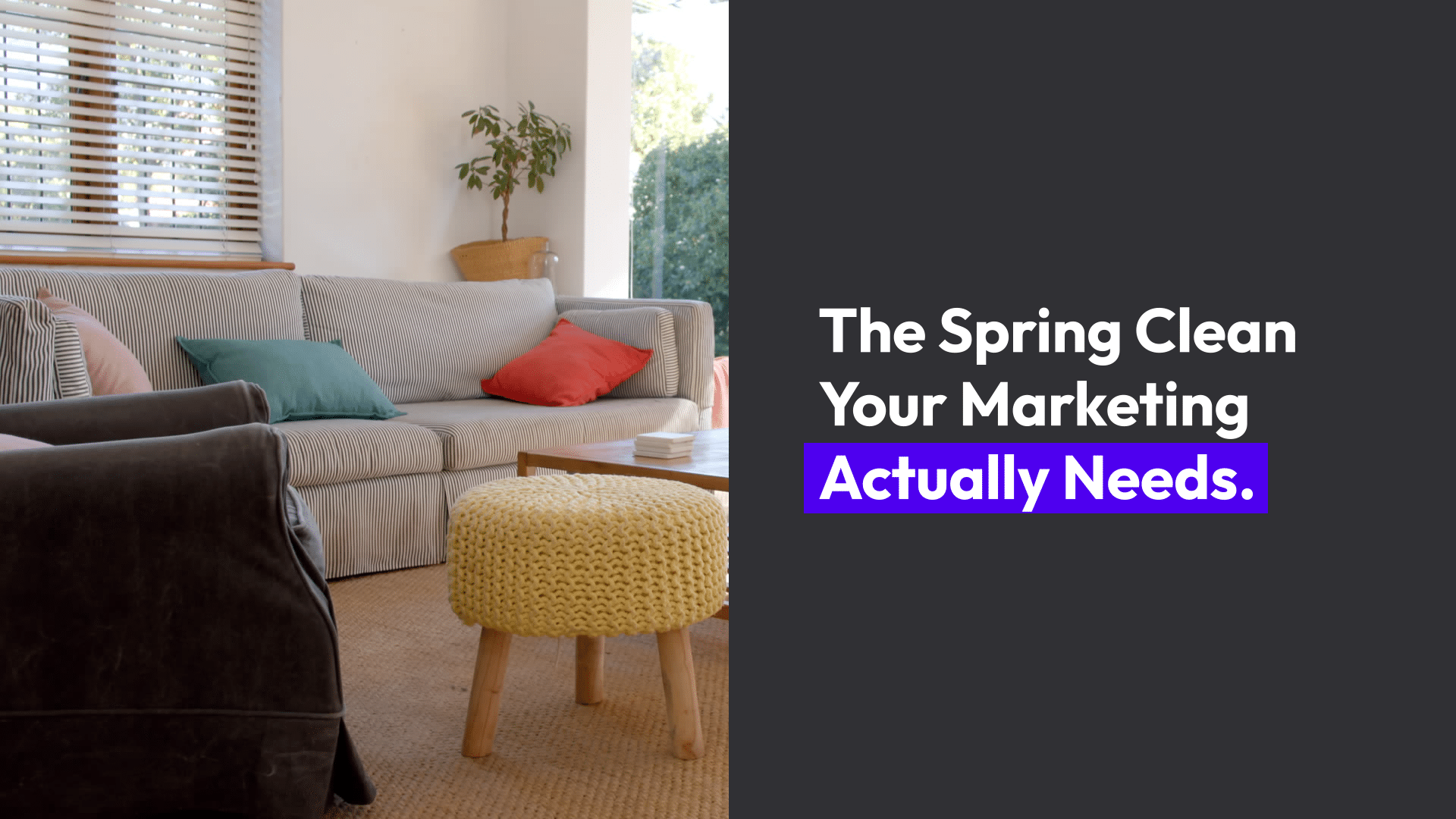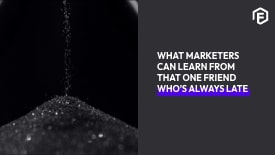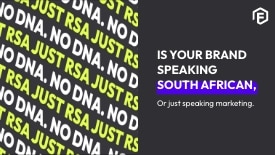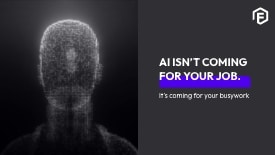I thoroughly enjoyed Marko’s previous blog post. In fact, I’m glad he touched on the subject of kerning (spacing between letters). Here, I want to look at the relationship between the digital software we use to push products, and the human eye. I’m going to use examples that focus on screen, and avoid the tall-man-on-stilts-sized street billboards that Marko so eloquently mentioned.
Digital lives in a world of pixels. It matters when a corporate identity guide states that a logo, for example, must hug the bottom right-hand corner by 20 pixels, and must have a 5-pixel spacer between the Ts & Cs. But, it’s equally imperative that we learn to trust our eyes – especially if it’s part of your job. They’re incredible things! Did you know that the human eye can see a galaxy 2.6 million light years away 15cm from your face, we can see objects 0.04mm wide, which is the width of a very fine human hair. The human eye can also distinguish about 10 million different colours. For the reason of genetic ingenuity (and because I was drilled by a couple of meticulous art directors) I can quite easily spot elements that are a single pixel out. Often it’s just a hunch, but zoom in and you’ll confirm it.
Yup, 1 pixel. With retina display screens, this often looks like a blurred half-pixel. Because we stare at screens all day, from our phones to our laptops, we notice when things are slightly out. We may not always consciously ‘flag it,’ but in the deepest recesses of our brains, we notice. Like a group march, whereby one individual moves his arms a split-second out of sync with the others; if your eyes are trained to look, it appears like a painful error.
Now, here comes the kicker. Because our eyes are impeccable at spotting the tiniest of discrepancies, there are times we actually need to ‘trick’ them. I like sticking to the rules of a brand’s identity or to the generally accepted best practices in design, but I love it even more when we get to go with what ‘feels’ or ‘looks’ right. There are countless times where subtle adjustments will need to be made manually to ease the eyes back into their original state of feeling comfortable. Below are a few examples of these such times. I’ve labelled them ‘illusions’ because the nature of these examples actually trick the eyes into a false sense of seeing wrong. Therefore, by altering certain elements, we help make things look right again. These include the perceived weight of lines, length of lines, the eye’s perception of a shape’s height, and the distance between such shapes.
I’ve labelled them ‘illusions’ because the nature of these examples actually trick the eyes into a false sense of seeing wrong. Therefore, by altering certain elements, we help make things look right again. These include the perceived weight of lines, length of lines, the eye’s perception of a shape’s height, and the distance between such shapes.
The Illusion of Angles
Problem: Horizontal lines/strokes appear thicker than their angled or vertical counterparts. Solution: By dropping the vertical line’s opacity by 5%, it actually helps make the lines appear the same in thickness.
The Illusion of Thickness
The Illusion of Height
The Illusion of Space
The Illusion of Centre
To summarise, we need to trust the guides and templates set out before us, but there are those times- above mentioned being just a few of those- where we need to back ourselves, and the incredible light-emitting tools we possess. The more we deal with shapes, glyphs, fonts, and even colour, the more we can back ourselves to improve a piece of design.
Sit back in your fancy swivel chair. Take a second look at that banner, or ad, or teeny-tiny call-to-action button. Looks right? Great. Send to the client.



